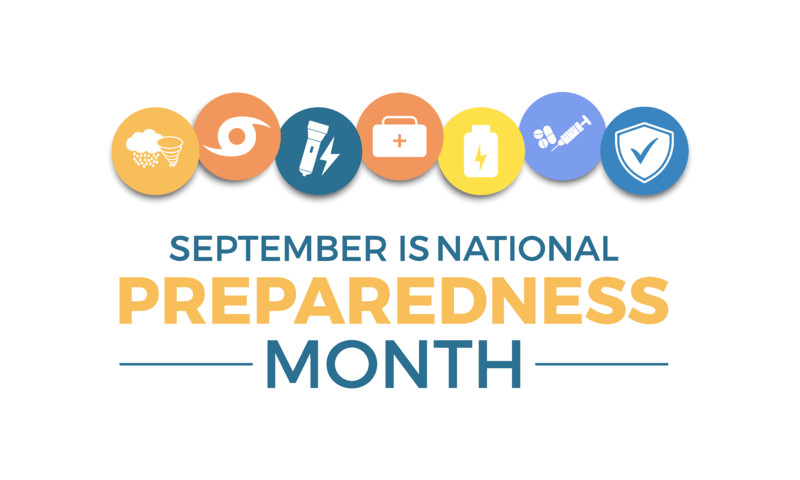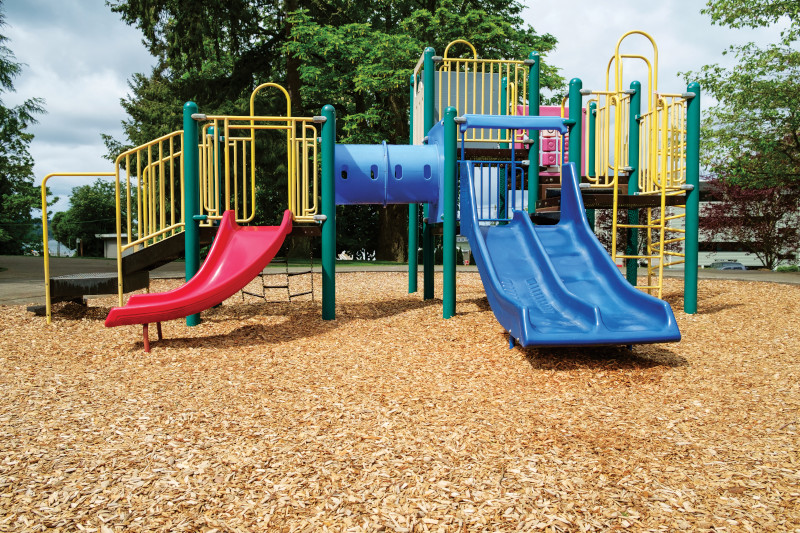Make sure you’re ready for anything

Is your school ready for whatever kind of disaster or emergency might come your way?
Of course, no organization is truly “ready for anything,” but you can take steps that may lessen the impact of a fire, flood, tornado, hurricane, act of violence, pandemic or other disaster. That’s what National Preparedness Month in September is all about—creating a plan that will give your students and staff members the direction they need when things don’t go as expected.
Emergency action planning
One important factor of an emergency response plan is making it building specific. In a school district with multiple buildings located throughout the community, there may be a district-wide plan, but not one for your specific school. That can lead to not only confusion and panic, but delayed response from emergency services.
Here are some of the most important steps you can take to prepare for a major event:
- Understand your community. In an emergency, the students and staff members may not be the only people who need help. Take the time to work with the community and determine how you can best help the largest number of people should something unforeseen occur.
- Train staff members. An emergency response plan is useless if the only people who are familiar with it are the administrators. Include emergency planning in the annual staff training, and make sure individual staff members are familiar with their roles in the event of an emergency.
- Conduct drills. These drills should cover a wide range of disasters, including fire, tornado, hurricane and intruder events. Confirm that everyone involved is aware of their specific role in the emergency action plan. Notify staff in advance of planned drills, the purpose of which is to evaluate response activities and potential vulnerabilities.
- Collaborate with local emergency services personnel. Whether the disaster is a fire or an intruder, local police, fire department and emergency medical services should be familiar with the buildings. Allow them to practice emergency response drills within your school buildings, which can decrease their response time and increase their effectiveness in an emergency.
- Regularly review your emergency plan. Circumstances change and so, too, should emergency response plans. Review the emergency plan at least once a year to make sure it reflects any special hazards you may encounter. Specifically, pay attention to any hazards or complications that arise in each of the school buildings.
- Establish a chain of command. This is vital when providing information to emergency response personnel, the news media, parents and the general public. The
FEMA National Incident Management System (NIMS) is considered the standard for emergency services and response teams within the U.S. You could use a simplified version of this to streamline building-specific operations during an event.
For more risk control resources on emergency action planning and other ways to reduce risk in your organization, check out these administrative best practices resources.




